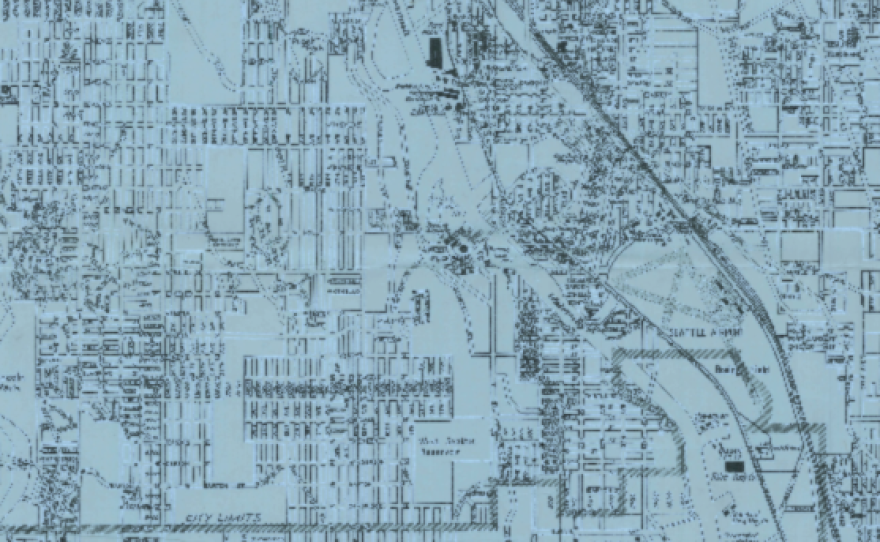This story originally aired on June 16, 2018.
Real estate. It’s a hot topic in the Northwest right now. A white-hot market like Seattle’s creates winners and losers, depending on which side of the transaction you happen to be on. These days, you’d probably rather be a seller than a buyer.
But back in 1985, when Merlin Rainwater and her husband bought their place, the roles were reversed. They were able to score a little bungalow on the East slope of Capitol Hill for just $50,000.
“There was this wave of young white liberal activist folks who thought it would be cool to live in a neighborhood where we had black neighbors. And of course we thought it would be cool to have a cheap house,” recalls Rainwater.
Needless to say, this vision of living in a perfectly integrated neighborhood didn’t play out the way Rainwater had hoped.
It would take years before she would come to see her move in a different light -- as something driven by forces she wasn’t even aware of, placing her and her neighbors in a much bigger drama of social change.
One of the reasons this wave of idealistic young white people was able to buy such affordable houses lies in Merlin’s lap.
They are detailed maps of Seattle’s neighborhoods, created by the federal government in the 1930s. These maps are a visual display of the discriminatory housing practice known as redlining.
“Redlining refers to the line that outlined these red districts on the map and defined them as hazardous for investment,” said Rainwater.
Pointing to an area on the map that is the heart of Seattle’s Central District, Rainwater says, “The only justification that the surveyors give for considering this hazardous for investment is that this is the 'negro' area of Seattle.”
The maps inspired Rainwater to tell people about this ugly history. So she founded Central District Red Line Tours in Seattle.*
In this story we’ll go on a walk with Merlin Rainwater as she shows us the lasting effects of redlining and shares how she came to discover her own role in these unfair housing practices.
*The next tours will take place August 8 at 6 pm and August, 25 at 10:30 AM. Both will be offered through MOHAI.







